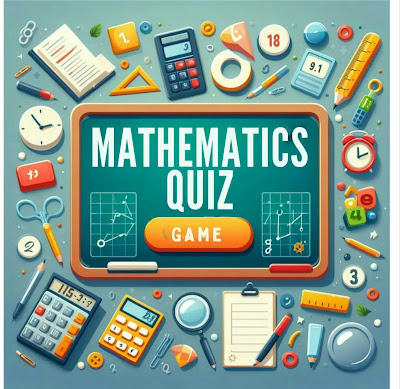Approximations and Error 1
Approximations and Error
Rounding Numbers
Approximate answers are often necessary, especially for constantly changing values. The symbol ≈ or ≐ is used to indicate approximation.
Rules for Rounding Off
- Round down if the digit after the one being rounded is less than 5 (0, 1, 2, 3, or 4)
- Round up if the digit is 5 or more (5, 6, 7, 8, 9)
Rounding to Significant Figures
The first significant figure is the leftmost non-zero digit. To round to a specific number of significant figures:
- Count off the specified number of significant figures
- Look at the next digit
- Round down if less than 5, up if 5 or more
- Delete remaining figures, replacing with zeros if necessary
Measurement Errors
Measurements often involve reading scales, which can lead to approximations. A measurement is typically accurate to ±½ of the smallest division on the scale.
Types of Errors
- Error: The difference between the measured and actual value
- Absolute Error: The magnitude of the error, calculated as |VA - VE|
- Percentage Error: Error expressed as a percentage of the exact value, calculated as ((|VA - VE|) / VE) × 100%
Where VA is the approximate value and VE is the exact value.
Quiz 1



